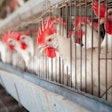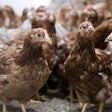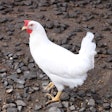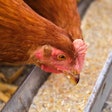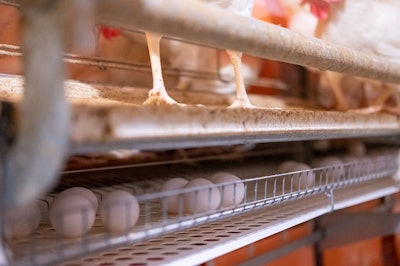
The risk of a fire occurring due to the age or type of layer housing was discussed by Ross Milne, Cottingham & Butler Risk Management Consultant, in an interview with Egg Industry Insight.
In recent years, the U.S. the egg industry has suffered several large fires that have caused severe damage and loss of birds. As a result, producers are looking for answers to why this is occurring and for mitigation strategies.
According to Milne, there can be multiple root causes of fires, but there has been a trend of fires occurring in older conventional barns.
“We do see more conventional barns catching fire compared to cage-free barns, however, I would not say that they are burning down because they are caged. The reality is, a lot of the barns that are catching on fire are older facilities, and those older facilities happen to be caged,” he stated.
“Almost all the facilities that are more than 10 years old are caged facilities. Most of the new construction that is happening right now, or has happened over the last three years, is generally cage free. We have seen a couple of fires in new cage-free facilities, but they have been fewer.”
Because of the low number of cage-free house fires, its difficult to make any correlation between housing type and fire prevalence. Construction has advanced significantly over the last 10 years as well as the producer’s awareness of fire mitigation strategies in construction.
Producers are mostly building with steel today and increasing the separation between barns, as well as installing fire resistive materials where possible, explained Milne.
“In the future, we hope to see a big improvement in the situation. The catch is, even though producers are building new barns, they are keeping the older ones. While the older barns exist, I think there is always going to be a higher risk,” he continued.
Does this mean older barns are more expensive to insure?
“There are many factors that go into procuring insurance for a layer farm. The risk profile, loss performance and company culture are all considered when underwriting. While it is fair to say newer barns are looked at differently due to the enhancement in construction and fire mitigation strategies, it is difficult to quantify the exact difference,” he stated.
Additionally, it is essential that producers are implementing disciplined housekeeping and preventive maintenance in older houses to avoid fire hazards.
“Sometimes, a fire is so catastrophic that it is very difficult to determine the root cause. Most fire claims are electrical related. That seems to be the biggest cause of loss from a fire perspective,” Milne added.







